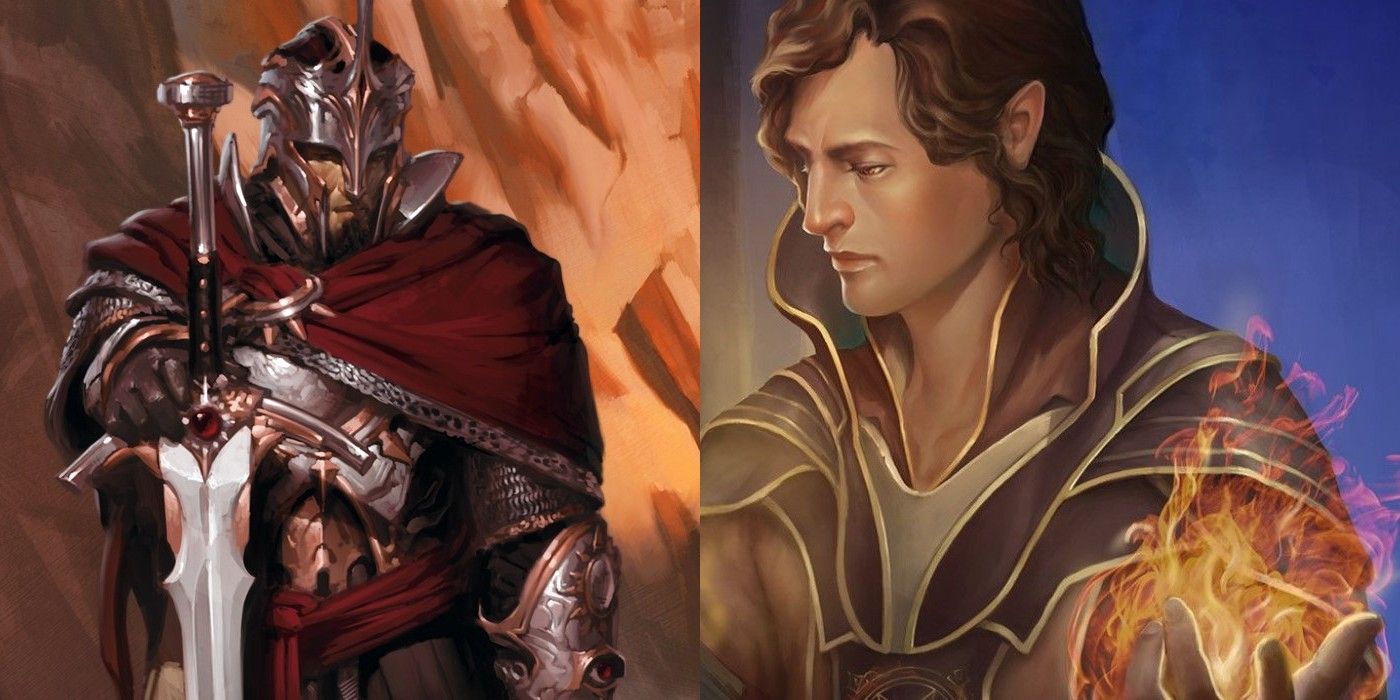Dungeons & Dragons: Honor Among Thieves
AlthoughDungeons & Dragonsmay seem like a daunting biz to instruct , the process can be made easier with the good choice of persona . Although somesubclasses inD&Dintroduce unique mechanics that promote out of the average strategy , others are jolly intuitive . For actor looking to try outDungeons & Dragonsfor the first prison term , they should consider choosing one of these comparatively simple subclass .
Despitenot beingD&D ’s flashiest class , Fighters have a lot of meaningful benefits . battler get the most attacks in the full biz , with a total of 4 at twentieth point , as well as the ability to take a 2d action with Action Surge . Along with these unique fringe benefit , Fighters also have access to what may beD&D ’s most uncomplicated subclass , the Champion . Unlike the Fighter ’s otherD&Dsubclass options , which bring Modern resources and mechanic to the character , Champions simply build off of a Fighter ’s initial strengths . The Champion ’s most authoritative feature is meliorate Critical , which allows rolls of 19 ( and 18 at higher levels ) to count as a vital . take on a Champion inDungeons & Dragonsallows a new player to continue effective while slowly familiarizing themselves with the machinist of combat .
come to : dungeon & Dragons : Best Spells For 1st Level Druids

FornewDungeons & Dragonsplayersuninterested in playing a Fighter , Cleric might be the perfect alternative . Clerics are capable of both healing and buffing their ally , and as such they are a welcome addition to any adventuring party . As for the ideal subclass , Life might be the correct pick for a newerD&Dplayer . Similar to the Champion Fighter , the Life Domain builds on aD&DCleric ’s survive strengths , specifically their healing dominance . In addition to supply core Cleric spells such as Cure Wounds , Life Clerics also put on increase healing on all of their go thanks to their Disciple of Life boast , all while keeping the class simpleton for newDungeons & Dragonsplayers .
Simple Wizard & Sorcerer Subclasses In D&D
Despite star being a relatively difficult course of instruction to run well inD&D , interested new players should still feel encouraged to give it a try . induction is a substantial Arcane Tradition for newer players to begin with , since is solves some of the Wizard ’s biggest problems . keep & Dragons’Wizards are capable of portion out massive wrong with spells such as Fireball , but unfortunately those spell can often hurt a player ’s allies . With the EvocationD&Dsubclass , players can select friend to mechanically come after on certain Saving Throws , allowing them to use their strongest spells more freely . Evocation Wizards also receive increased equipment casualty for their trance , although this feature film does not kick in until tenth stratum .
If a Wizard ’s number of spell options isintimidating to a newD&Dplayer , another pick is a Draconic Bloodline Sorcerer . Sorcerers have much low turn listing than Wizards , something that may attract to inexperienced player . The Draconic BloodlineD&Dsubclass helps to conceal some of the traditional weaknesses of aDungeons & Dragonsspellcaster , providing spare wellness and armor to the participant . These Sorcerers also gain increased damage with spells of the character ’s take wrong case , and do so earlier than an Evocation Wizard . It should be take note that Sorcerers do have to worry about Sorcery Points and MetamagicD&Drules , however , so they are not necessarily easier to play than maven overall .
With the amount ofsubclasses available inDungeons & Dragons , there really is a material body for everyone . This applies to young players as well as experienced ones , as there are a bit of subclasses that build on a class ' forcefulness without add complicated new mechanics . Dungeon Masters and veteran players should encourage those new toDungeons & Dragonsto prefer one of these simple subclasses , as it may make it easy to learn the game as a whole .

Next : Can dungeon & Dragons Be play Alone

